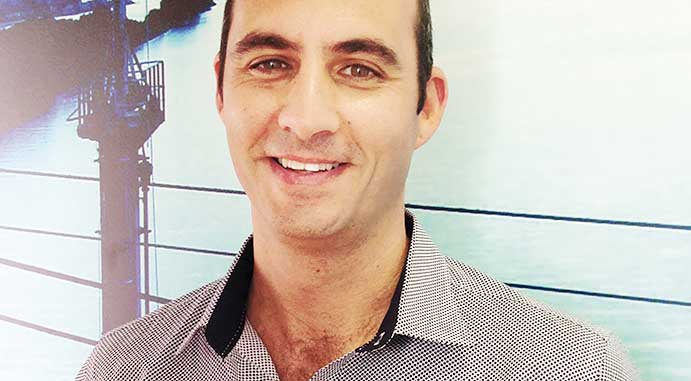“IF YOU CAN’T MEASURE IT, YOU CAN’T MANAGE IT”
To be really blunt, I hate this statement. This little bit of management speak was introduced into safety alongside the rise of safety management systems (helped along with the introduction of quality as well), and it has had a significant, and, in my opinion, often negative impact.
It is a classic example of a clichéd quote being unquestioningly introduced into a unique and specific element of business that has become an unquestioned law. I can’t tell you how many times I’ve heard this said out loud as a precursor to then discussing what indicators and KPIs should be set to drive safety. We talk endlessly about what to measure without ever stopping and questioning whether the underlying nature of the statement is true, namely that safety is measureable.
CAN SAFETY BE MEASURED?
Well, this depends on what you think safety is, of course. Using examples of things that are currently measured (along with having KPIs and targets), safety could be the:
- Absence of injuries;
- Number of hazards reported;
- Number of near-misses reported;
- Number of safety committee meetings held;
- Number of safety conversations held;
- Number of outstanding risks on your risk register; or
- Percentage of corrective actions closed out.
But are these things safety? I accept that these things are clearly related to safety, but they are not safety as such. When it was just us (safety geeks) looking at these numbers it was probably okay, but now we see everyone in the business sweating on whether the number is above or below the target because it influences whether they get their bonus.
NO, SAFETY CAN’T BE MEASURED!
In the end, I don’t think you can measure safety. It’s a wicked problem. It involves complex relationships between people, their work, the organisation, and the environment they work in (and that is oversimplifying it). To suggest you can reduce this to a number is ridiculous, but when a corporate bonus is based on LTIFR that is what we are doing. We are telling the people of the business they are safer when this number is lower, and yet we know it isn’t true.
WHAT HARM IS THERE IN A BIT OF MEASUREMENT?
This is a fair question. I mean, while I might disagree with whether you can measure safety, it doesn’t mean that it could make it worse, right? Well I think it can, and we can see it at two levels. I’ve already talked about the classic case of giving money based on not having incidents. This of course tends to drive some unusual behaviour. We see incidents being hidden, ignored and reclassified. We see leaders in the organisation arguing over the definition of an injury rather than connecting with the person who was hurt.
Another example I have seen is the unintended (but predictable) impact of measuring the number of safety conversation within the organisation. It creates a classic trade-off between quality and quantity (because ironically we focus on what’s getting measured), so people end up skimping on the conversation process to get the number.
THE DAMAGE
This really becomes dangerous when it then devalues the activities being measured. People see through what is going on, and it weakens the entire safety culture of the organisation. I get it’s a paradox – if I measure an activity it becomes meaningless but if I don’t measure it then I’m not sure it is even happening. But when trying to decide what side to come down on there seems to be a huge bias towards maintaining the numbers. When I suggest to an organisation that they stop measuring something (after they have told me that the numbers are meaningless) they freak out and say they couldn’t. So nothing changes.
FINAL WORD
Maybe we need to let go of “if you can’t measure it you can’t manage it” and the impacts of this statement. Maybe we just have to live with the uncertainty of not being able to measure safety, knowing that we can still try to manage it. After all, just because you can’t measure something does not mean it has less value (like relationships), and just because you can measure something does not mean it has value (like LTIFR).
Numbers helped get us this far, but to mature further we, as an industry, are going to need to let go. I think it’s time to pay more attention to connection and engagement, while desperately trying to resist the urge to measure it.
Dave Whitefield
DIRECTOR
PEOPLE & RISK
“We see leaders in the organisation arguing over the definition of an injury rather than connecting with the person who was hurt.”














Thanks for the share guys.
Many moons ago as a banker in another universe (well it feels like it now) we had ‘rewards’ for signing up the most Christmas savings accounts. ‘Most’ being the important criteria. Someone worked out it was simply a matter of opening 10 $1 accounts rather than 1 $10. Guess who won the os trip? Always reminds me to be very careful what you are ‘rewarding’ and what you are measuring to get it ?